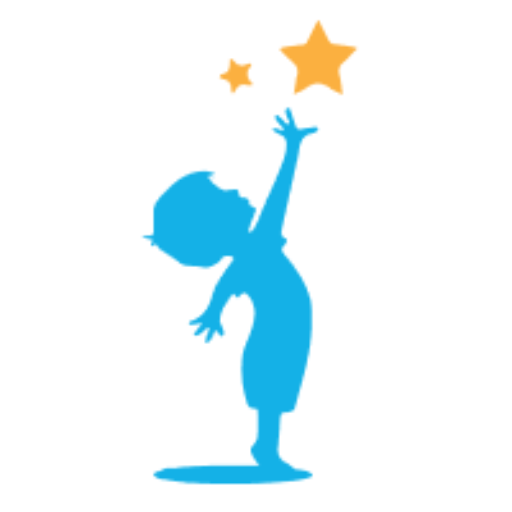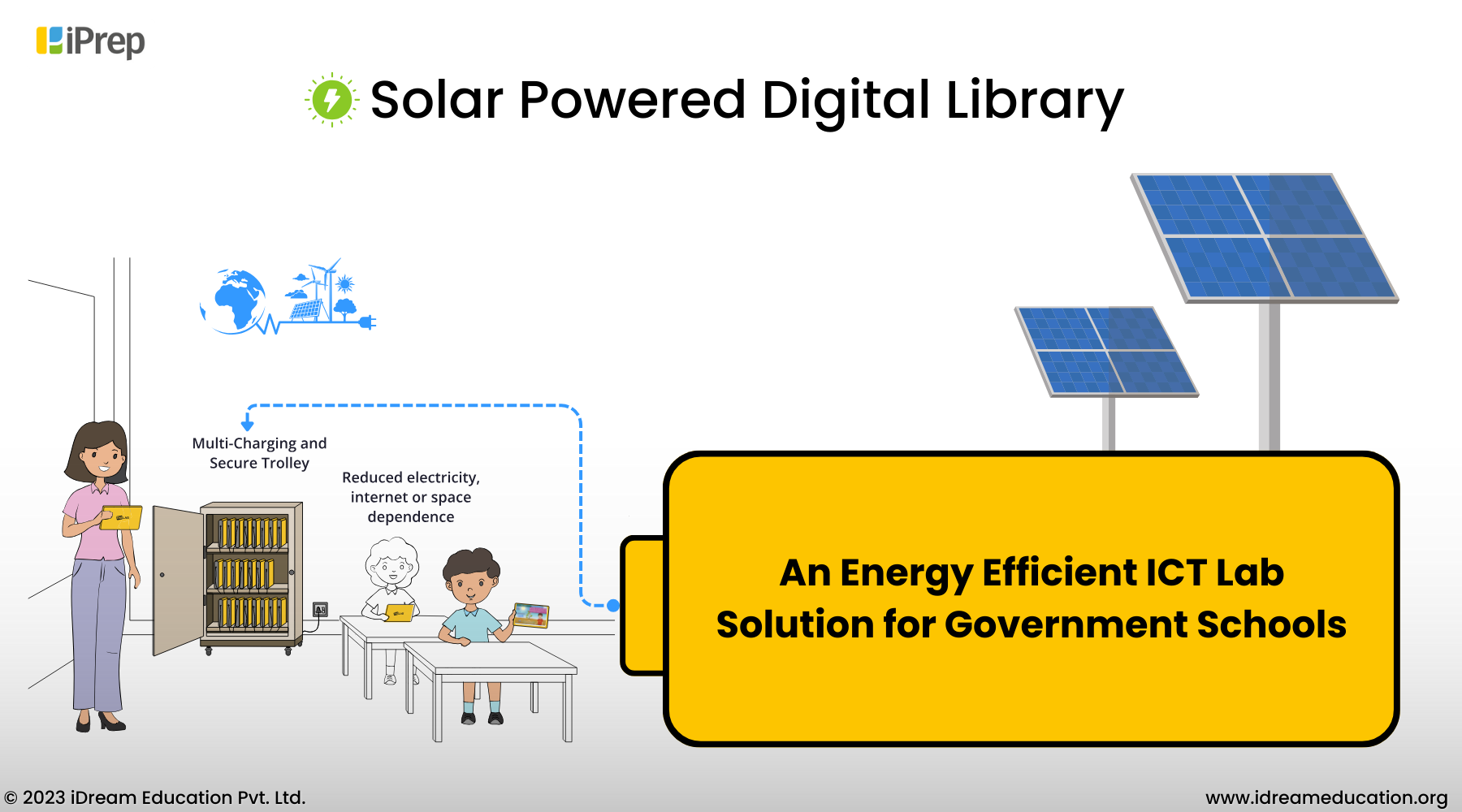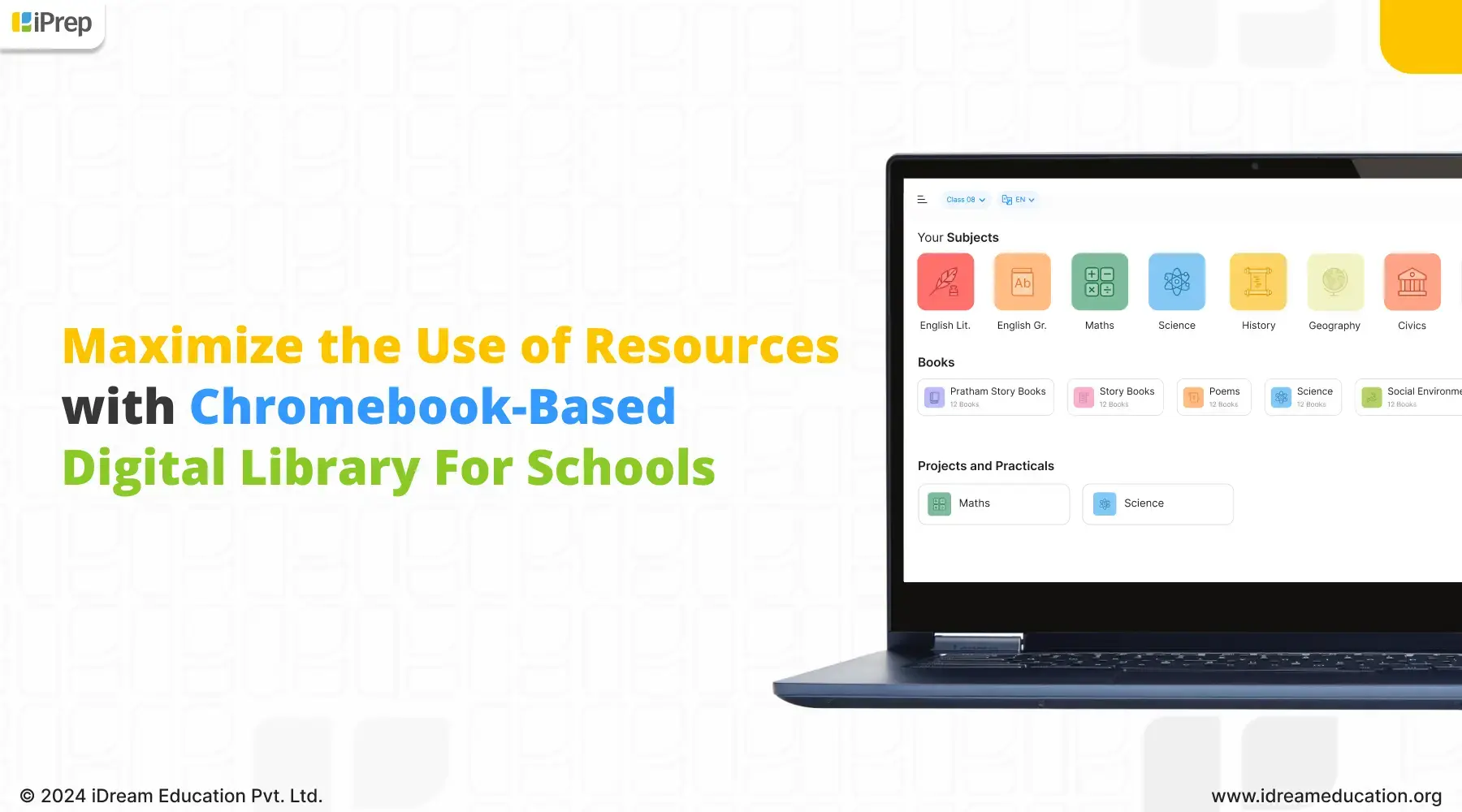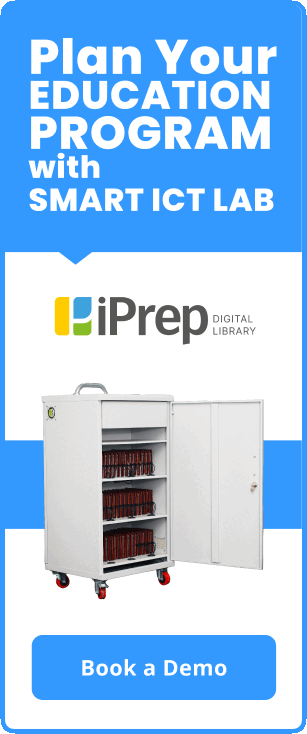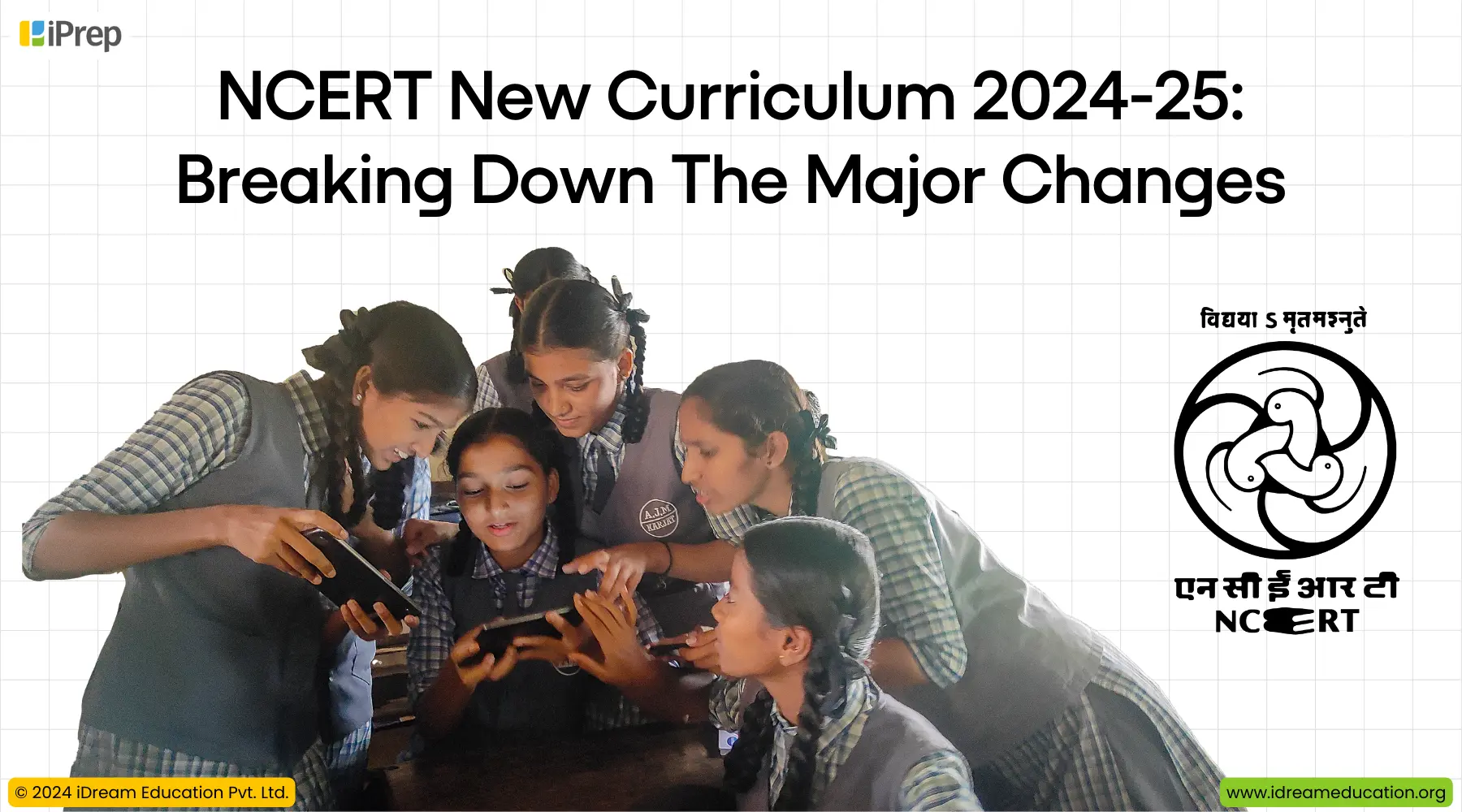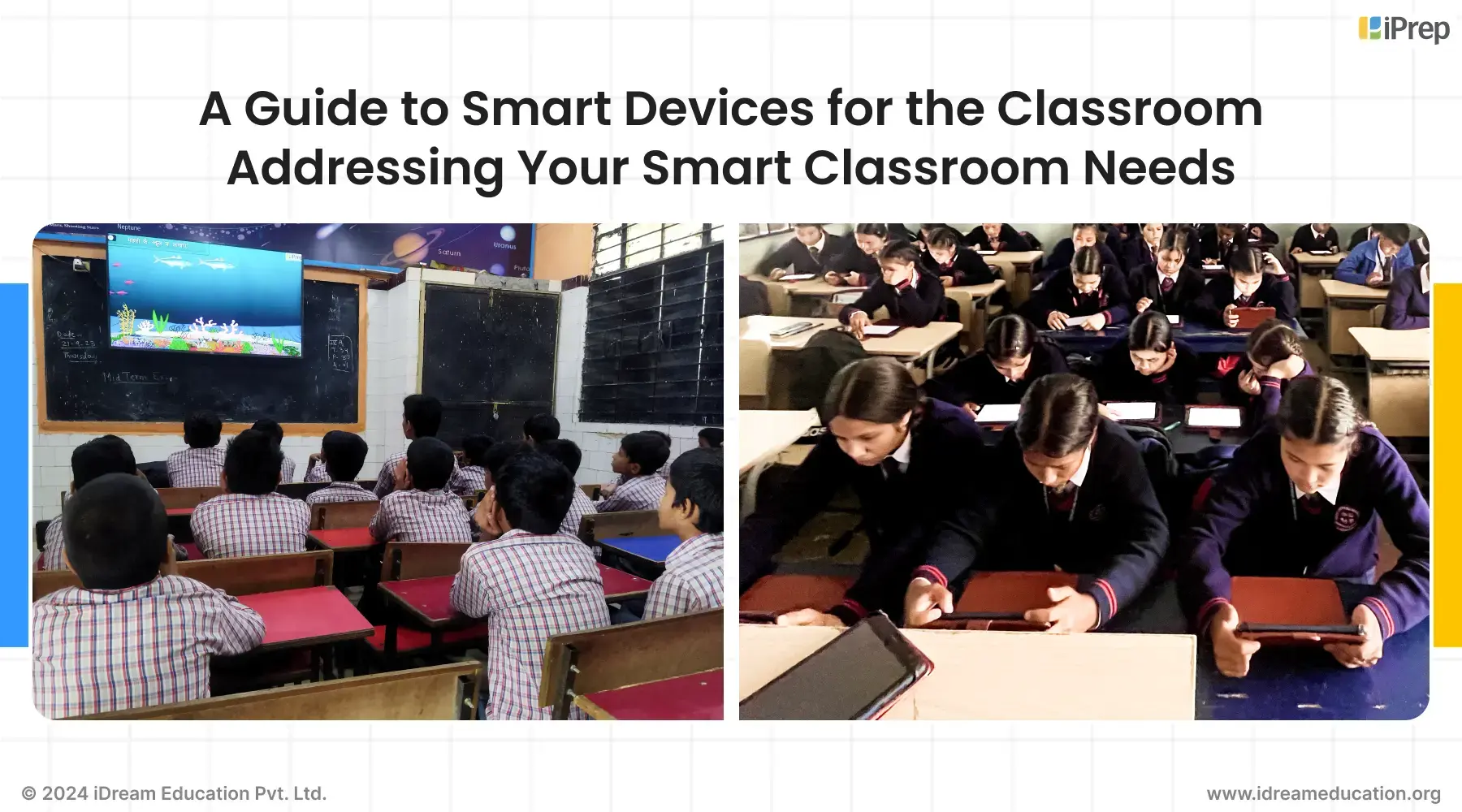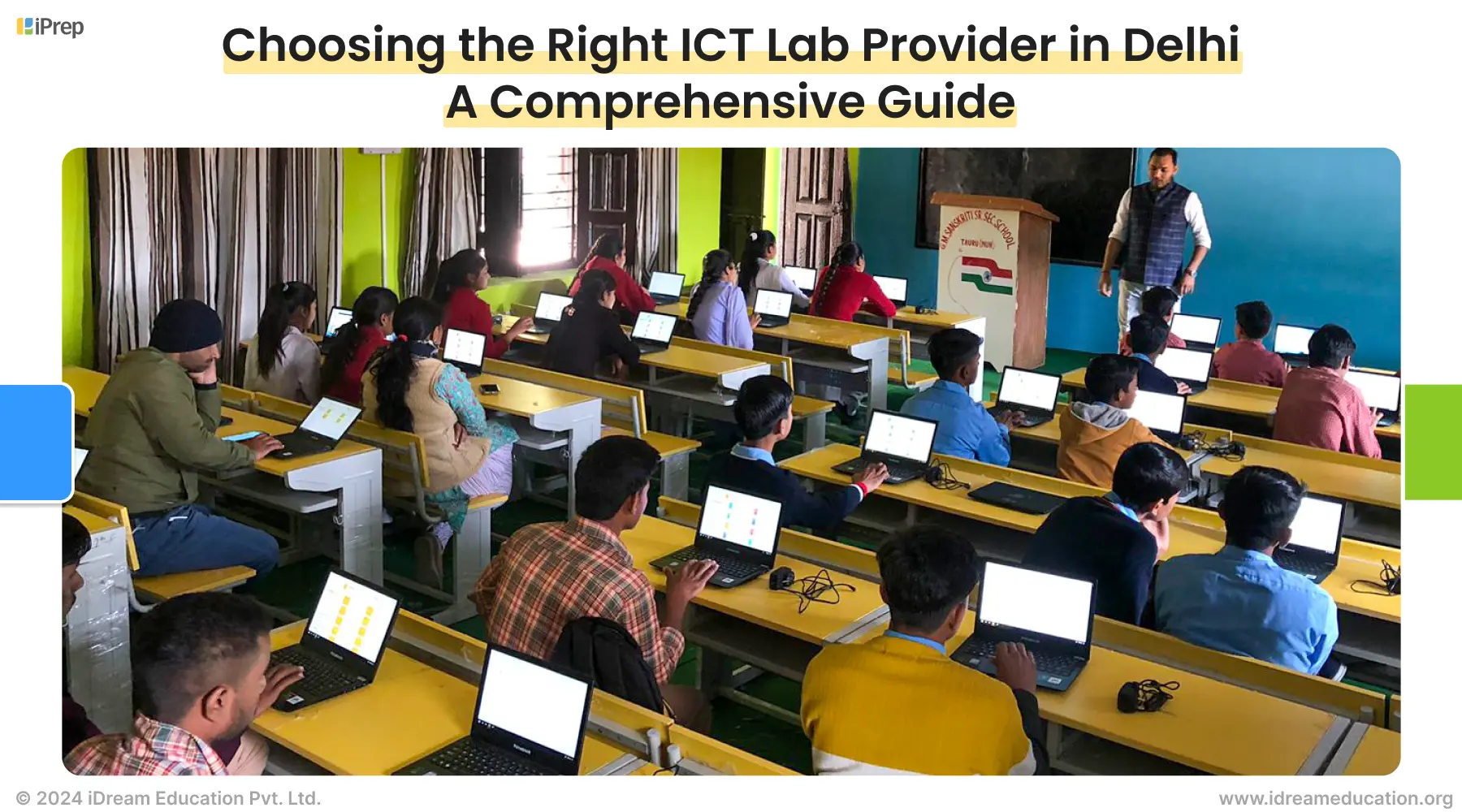Why do Learning Tablets for school use make sense in today’s times
This text will take you on a journey of understanding the psychology of students studying in schools and will help you understand how learning tablets for school use can help these young minds overcome the judgemental approach to education. Ready to dive in? Let’s get started!
When you pour an aerated drink into a glass, have you noticed how bubbles push themselves to reach the top? And even when they do, they look unsettled and multi-directional, but they inevitably find their way to the top!
A child’s learning and growth are just like that, maybe even more experimental and active. And growing up in the 21st century, there are numerous stimuli that keep the inquisitive mind of the child extremely excited. With access to the internet and mobile tech, literally the whole world is right there at their fingertips.
But when it comes to their education, do you really feel that majority of our schools have evolved themselves to complement this shift in our kid’s behaviour?
Besides, a heightened level of excitement which essentially comes from access to multitudes of information and media at an early age, there are three more critical psychological aspects that define our student’s personalities.
We need to raise the question of whether our existing digital education for government schools ecosystem understands and appreciates these or not. And if not, how as parents & educators, we can adopt interventions to help them do that?
The curious case of a Quiet or a Shy Student
Chrissy has been a teacher for over 24 years in the small town of Hackensack in NJ (USA) and she had recounted her own experience for a story on edsurge.com about how her second kid, though sharp was always a shy kid and completely non-participative in the class. While her elder daughter was just like her, bubbly, full of energy, and very extroverted. You can read the entire story here.
The point being made here is that in a class of 30, while you may have few students who will always be eager to answer the question posed by the teacher, there will also be ones who will avoid any opportunity to express themselves in public.
They will never raise their hands. While such kids may not cause any trouble and may still get good grades, there is a strong chance of them losing connection with learning, fading into the background, and slipping through the cracks.
As an educator, this is disheartening but it is happening in all our classrooms across all categories of schools.
Have you seen any such kid in your classrooms?
If you judge me, the problem is not with me, but with you
Let’s accept it, this is a cruel world. We are being constantly judged by our peers, friends, family members, and even strangers on the road. Likewise, children in our classrooms are also being constantly judged. Of course, not all teachers are the same but the environment is such.
A judgemental learning environment can have long-term behavioral implications for a child and for someone who may not take it in his/her stride while growing up, it breaks down the student’s self-confidence.
This is the 21st century with an immense opportunity worldwide lying on your palm right now and every child has the right to bloom and not just survive.
Children need an environment in which they feel physically and emotionally safe. They should be empowered with the freedom to express and experiment with ideas. Living in such free non-judgemental spaces makes them feel nourished, accepted, and inspired.
How, as educators, can we create such an environment in our schools?
Let’s think together!
I am not like my friend sitting next to me, and that is my biggest strength
Our existing learning ecosystem is obsessed with one-to-many learning formats. The world as it is today is however not.
Remember when hotstar.com was first launched in India? It was marketed as your own personal TV on your mobile device. Or for that matter consider Netflix which on a single user ID offers different sub-logins for each member of your family. The content is served based on personal choice.
The point here is that every individual is different from the others. That’s the same with a child sitting in the classroom. Each has their own learning style, their own pace of receiving the information, being able to conceptualize it, and develop an understanding.
In our schools, however, it becomes difficult to respect this uniqueness, which directly contradicts their natural abilities.
Please note that the intention is not to malign our usual school ecosystem. But deeply understand the gaps and develop ways of complementing them and helping our schools facilitate personalized and life-shaping education for our children.
Kids today have an extreme amount of personal curiosity, each has a distinctive behavioral pattern and they are yearning to be set free.
Can we free them? Let’s find out!
Give Tech a try
So far, we have looked deeply into the aspects of child psychology that our schools should address. How, is now the question?
Going back to the Netflix example. Basis the kind of shows and movies you watch, Netflix on its own starts showing you a similar set of shows/movies which will interest you under a section called “Recommended”. The technology engine behind Netflix is constantly understanding you and then delivering to you what you are most likely to watch.
That’s the leverage that technology can bring. Technology in today’s times can better understand your habits, your nature, and even your mood and then give you something which will proactively engage you.
Can we replicate this in our classrooms?
We had written earlier about how mobile apps are the next big thing in learning. You can read it here.
If we can take a lesson from this post, it should be:
The reason why mobile apps engage the user so well is because they move exactly as the user themselves.
Now, what is it that we can propose to do in our schools which can reflect the changing times? It is here that educational tablets suddenly offer a very thoughtful value proposition.
Student-Centric Approach to Learning
A student-centric approach is one wherein we transfer the technology directly into the fearless and inquisitive hands of a child. Considering other options of digital hardware which can facilitate personalized digital learning, for a child tablets are by far the easiest to handle, even easier to operate, and more fun to use.
Let us now connect that if Learning tablets for school use are promoted and accepted, how does it connect to the child psychology we discussed above?
A large amount of multiple categories of play way learning content on the Learning tablets for school use
These devices allow us to pre-load them with numerous apps, digital books, multimedia animations, practice tests, etc. Which means that there is something for almost everyone.
This greatly compliments a child’s curiosity, their short attention span, and their tendency to flip from one thing to another. Although this may not be a consistent behavior and may settle with time but tablets in the hands of a child, allows each to have his/her unique journey.
Plus, multiple categories of learning content also allow a child to use the best-suited style of learning or maybe a combination depending on what interests them the most at specific moments in time.
Tablets can offer a non-judgmental environment to learning
With a tablet in their hands, a child is a master of his/her journey. Yes, there could be certain objectives that the teacher may want to achieve. Yet a child should be able to decide how to learn, and at what pace do they want to learn. They should decide whether they want to cover the basics first or move ahead to the advanced version.
In a healthy student-centric approach, you need to let the child be their natural self. This lets them learn in a non-judgemental environment. It eventually will open them up and they like we said before will feel nourished and free-spirited. Tablets can empower a child and give them a positive learning ecosystem that proactively engages them to learn.
To open up and express yourself
Remember the story of Chrissy we discussed in the beginning? Teachers can use tablets to provide their children with a secure non-judgemental environment to learn. When on a tablet, you simulate a real-life scenario and a child reacts to it. The device or the app will either appreciate the effort or in a healthy way communicate to the child to try again.
Over time, this open learning environment can translate into increased participation in the classroom as well. Facilitating this for one or two sessions a day supplementing the 8-10 sessions of regular classroom teaching can indeed bring a child out of their shell and foster in them the much-needed self-confidence.
Another important understanding about tablets is that they should be driven by the teacher and her ongoing efforts to personalize learning for all her students. Tablets basically become her personal assistants, which helps her to give attention to every child under her guidance.
Let’s summarise and answer the question raised on the subject itself. Why do Learning tablets for school use make sense in today’s world? It is because Learning tablets for school use offer an enjoyable and personalized learning environment to a child. It complements their psychology in these fast-evolving times.
Do you also think that today’s students have a different psychological behavior compared to the previous generation of learners? And do you think our schools are adapting fast to this change? Do share your thoughts with us on this.

